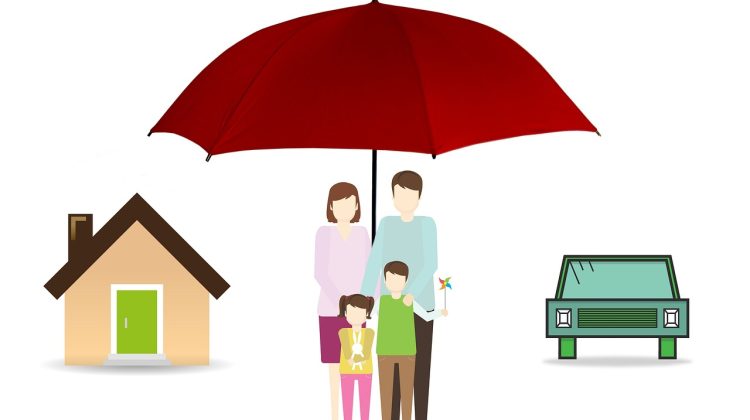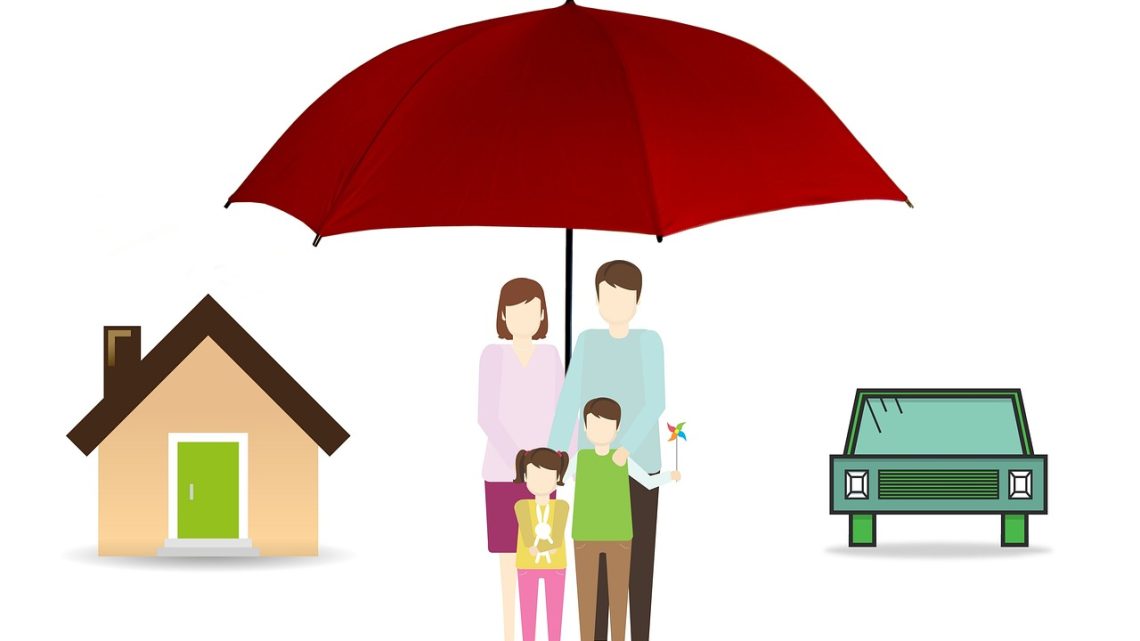Insurance is in existence simply because risks of accidents occurring are in existence. Everyone faces the probability that they could be involved in some sort of accident, whether it is an auto, fire, theft or health accident. Everyday people put themselves at risk for accidents when they are at home, traveling, working, and carrying out normal, everyday activities.
While insurance does not remove the chances of an accident occurring, it does provide a cushion for the financial impact that an accident has on the people that are involved. Insurance simply exists to benefit those who have been a victim of an accident and helps these individuals bounce back from the financial strains of being involved in an accident, whether they caused it or not. In short, insurance works by transferring the risks from the insured to the insurance company, who is assuming financial responsibility for the accident after the insured has paid a premium to them for ‘just in case’ occurrences.
Some forms of insurance began when voyagers first began traveling overseas for trading purposes by protecting themselves from the risks of financial loss due to accidents or other occurrences. In the United States, Benjamin Franklin was the first person recognized as making insurance known to everyday people and to make insurance purchases a common practice.
Insurance works by what is known to economists as the law of large numbers, which means that for an insurance company to cover the losses of its insured, it must collect a premium from a large number of people. Essentially, this means that people are paying premiums into a large type of savings account that sits there, ready to pay out to those who experience covered losses. Insurance companies have spent years evaluating risks and what premiums should be according to an individual’s likelihood of experiencing a loss. Learn about Aviva Life Insurance. Also make sure to visit Buy Comminsure Life Insurance.
For example, when an insurance company writes a car insurance policy, they consider the driver’s age, sex, location in which they live, the type of car they drive, and the person’s driving history in order to make assumptions about what kind of risks they are taking on as a company. It’s a well known fact that teenagers pay a large premium because they statistically have a large number of risks according to the law of large numbers. This same idea is applied to any type of insurance, such as liability insurance, life insurance, commercial insurance for businesses, and other special forms of insurance.
Insurance works by collecting premium from a large pool of insured individuals, considering the statistics on the likelihood of a loss occurring, and then collecting premium from the insured individuals so that if there is a loss, the insurance company is not going to experience a financial loss. Another simple way to think of insurance is a savings account for ‘just in case’ scenarios: as an insured, you are placing money into a safe place that can be used to give you back what you have lost if an accident occurs. Insurance is exactly what it sounds to be: protection from potential loss.
About the author
Make an informed decision about the best life insurance quotes by visiting Aviva Life Insurance. Also make sure to visit Buy Comminsure Life Insurance for your life insurance needs.










No Comment